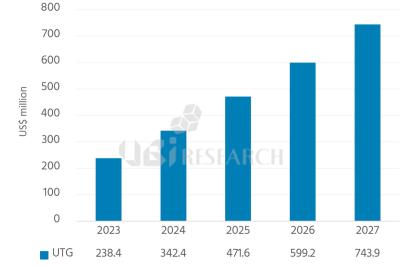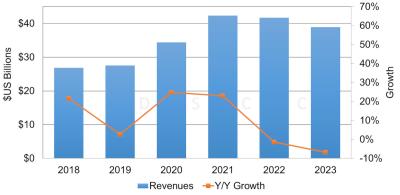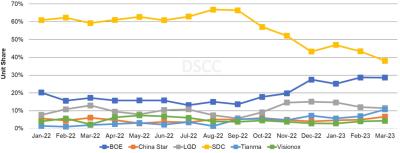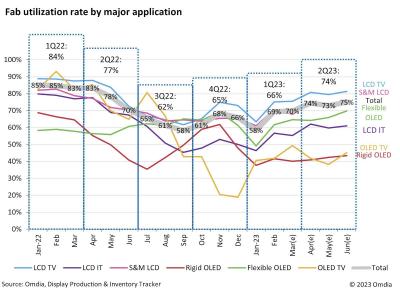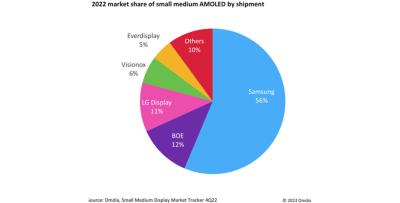Tianma, BOE and Visionox report their latest financial results as profits decline, but demand for OLED panels increases
Three display makers in China (BOE, Tianma and Visionox) reported their preliminary financial results for the first half of 2023. It seems as if all companies are facing a sluggish economy and lower demand for displays - but the OLED business is actually seeing increased demand.
We'll start with BOE, that expects an operating profit of around 700-800 million Yuan ($97-110 million USD) in the first half of 2023, a decrease of around 90% from last year. BOE says that it is starting to see demand increasing as the year progresses.




